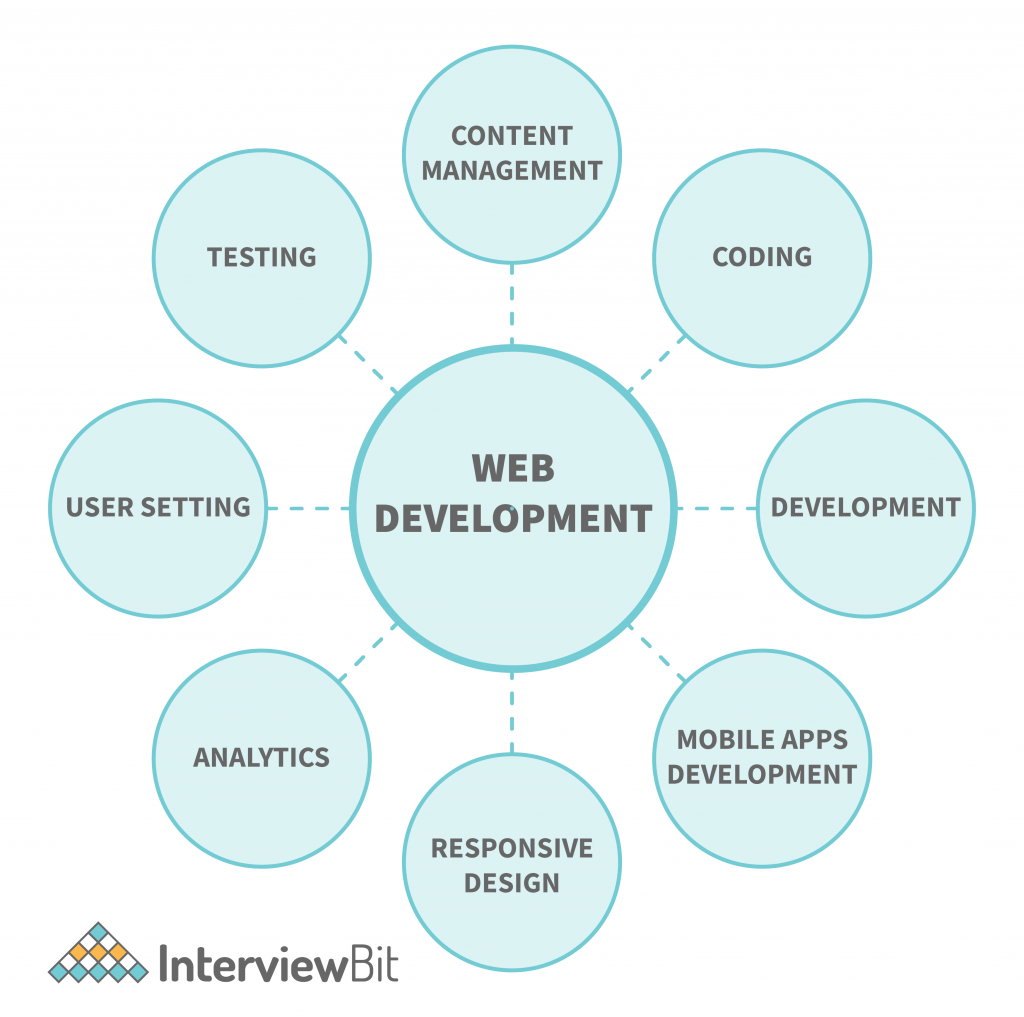
The digital landscape is undergoing a transformative shift with the emergence of Web3 development, a movement that promises to redefine how we interact, transact, and build online. At its core, Web3 represents a new era of the internet, where decentralization, privacy, and user empowerment take center stage. Unlike its predecessors, this new web paradigm leverages blockchain technology to create a more equitable digital ecosystem, enabling users to take control of their own data and digital assets.
As we stand on the brink of this revolutionary change, it is essential to explore the untapped potential that Web3 development holds for businesses, developers, and end-users alike. From decentralized finance to non-fungible tokens and beyond, the innovations stemming from Web3 are not only reshaping industries but also fostering a community-driven approach to online interactions. Embracing this technology opens up new avenues for creativity, collaboration, and economic growth, making it an exciting frontier for those willing to explore its limitless possibilities.
Key Principles of Web3 Development
Web3 development represents a significant shift from traditional web paradigms, focusing on decentralization, where users regain control over their data and digital identities. This principle reduces reliance on central authorities, fostering trust through cryptography and distributed ledger technology. By enabling peer-to-peer interactions, Web3 encourages collaboration and innovation across various sectors, making it a foundational element of the new digital landscape.
Another core principle is the emphasis on user ownership and data privacy. In Web3 ecosystems, individuals have the power to control their personal data, choosing how and when it is shared. This shift not only enhances security but also ensures that users are the true owners of their assets, whether digital currencies, NFTs, or other data forms. The ability to transact directly without intermediaries lowers barriers to entry and creates more equitable opportunities.
Interoperability is also crucial in Web3 development, as it allows various platforms, protocols, and networks to work together seamlessly. Creating a cohesive environment fosters innovation and user engagement by enabling different applications to interact and exchange value effortlessly. By prioritizing interoperability, developers can enhance the overall user experience and provide a more connected and functional digital ecosystem.
Tools and Technologies for Web3
Web3 development relies on a diverse array of tools and technologies that enable developers to create decentralized applications and smart contracts. Essential among these are blockchain platforms like Ethereum, Polkadot, and Cardano, which provide the underlying infrastructure for dApps. These platforms offer various programming languages and frameworks, such as Solidity for Ethereum, enabling developers to write smart contracts tailored to their specific use cases. Additionally, blockchain interoperability tools, such as the Inter-Blockchain Communication (IBC) protocol, allow different networks to communicate effectively, enhancing the functionality of decentralized ecosystems.
Another vital category of tools includes decentralized storage solutions, such as IPFS and Filecoin. These technologies allow developers to store and retrieve files in a decentralized manner, ensuring data permanence and accessibility without relying on central servers. By utilizing these storage systems, web3 applications can mitigate risks associated with data breaches and censorship while promoting a more resilient architecture. Furthermore, integrating layer-2 scaling solutions like Polygon and Optimism can significantly enhance transaction speeds and reduce costs, making dApps more user-friendly and viable for mass adoption.
To streamline the development process, various frameworks and developer tools are available. Libraries like Web3.js and ethers.js facilitate interaction with the blockchain and enable developers to easily implement user interfaces for their applications. Development environments such as Truffle and Hardhat provide testing and deployment solutions, ensuring that smart contracts perform as intended before going live. With wallets like MetaMask and Trust Wallet, users can securely manage their assets and interact with decentralized applications seamlessly, fostering engagement and adoption within the web3 space.
Challenges and Future of Web3 Development
As Web3 development continues to evolve, several challenges must be addressed for it to reach its full potential. One of the primary issues is scalability. Current blockchain networks often struggle to handle a high volume of transactions efficiently. This limitation can result in slower processing times and increased costs, which may deter developers and users from fully embracing decentralized applications. Finding solutions that can enhance scalability while maintaining security and decentralization is crucial for the future of Web3.
Another significant challenge is the complexity of user experiences with decentralized applications. Many current Web3 platforms require users to possess a certain level of technical knowledge, which can alienate the average user. Simplifying the onboarding process and making interfaces more intuitive are essential steps toward broadening adoption. thirdweb For Web3 to be truly impactful, it needs to cater to a wider audience, including those who may not be technologically savvy.
Despite these challenges, the future of Web3 development holds immense promise. With increasing interest from businesses and governments, there is potential for innovative solutions that could revolutionize various industries. The rise of decentralized finance, NFTs, and tokenized assets showcases the possibilities that Web3 offers. As developers tackle existing challenges and create user-friendly experiences, the Web3 landscape is poised for significant growth, paving the way for a more decentralized and equitable internet.